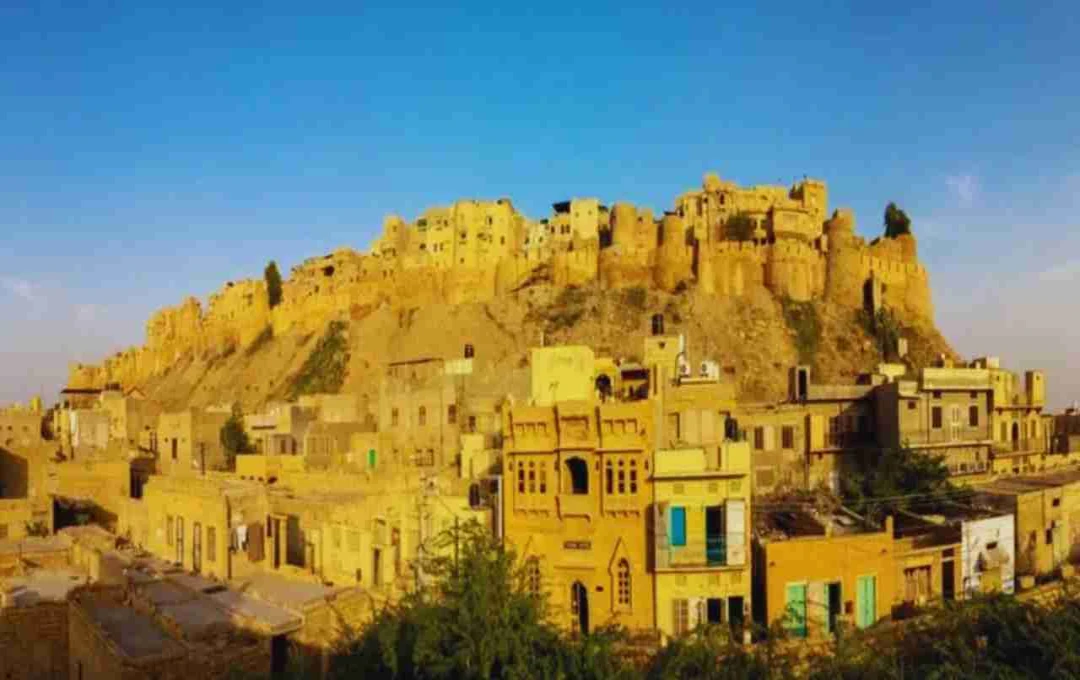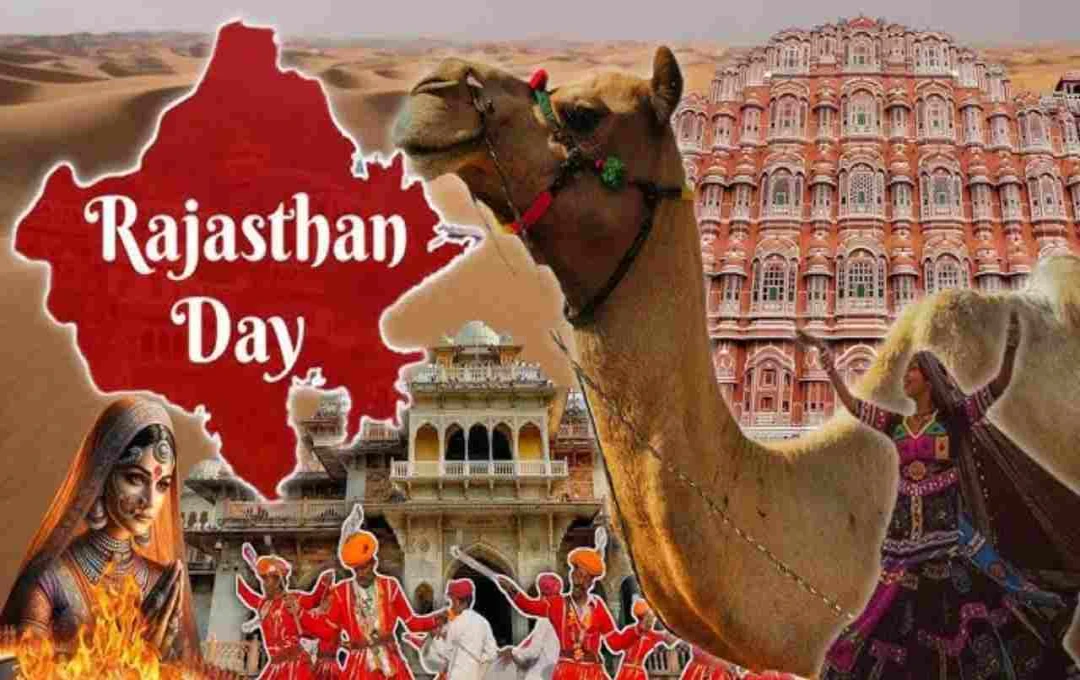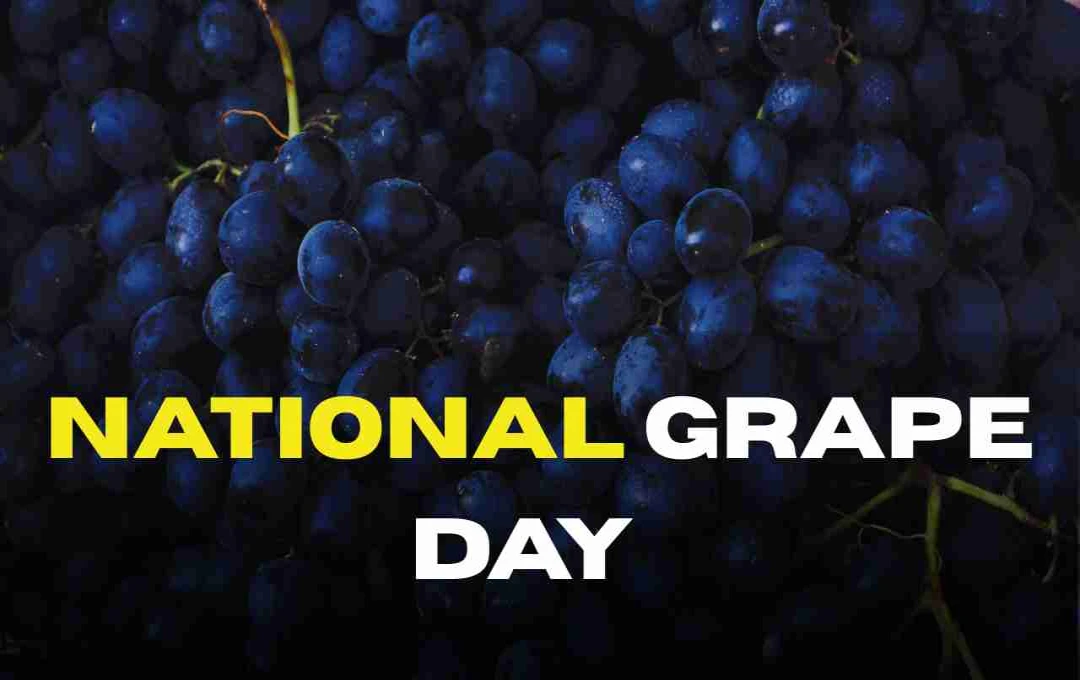Images of Rajasthan often conjure vibrant clothing, camel rides, the Thar Desert, and majestic forts. Among these royal forts is Jaisalmer's Golden Fort, also known as "Sonar Quila" or 'Golden Fort'. It is not only a symbol of Rajasthan but also holds a prominent place among India's historical heritage.
The Fort's History: A Golden Legacy on Sand
Nestled in the golden sands of Rajasthan, Jaisalmer Fort is a priceless treasure trove of history, culture, and art. This magnificent fort was founded in 1156 AD by Rawal Jaisal, a Bhatti Rajput king. The city and fort were named 'Jaisalmer' after him. In ancient times, the fort held significant commercial importance due to its location near the famous Silk Route. This made it a crucial stopover for traders, soldiers, and royal travelers.
The most distinctive feature of Jaisalmer Fort is its construction. The entire fort is built from yellow sandstone. When sunlight falls upon it, the fort gleams in a golden hue, hence its name 'Golden Fort'. From a distance, it resembles a crown on a sand dune, appearing like a golden palace on earth.
The interior of the fort is equally captivating. Narrow lanes house ancient havelis (mansions), Jain temples, and the palaces of kings and maharajas. Intricate carvings adorn every structure, showcasing the exquisite craftsmanship of the time. From the fort's heights, a breathtaking view of the entire Jaisalmer city unfolds, captivating visitors.
Even today, the fort preserves its ancient legacy. Jaisalmer Fort is not merely a structure; it is a living testament to Rajput valor and architectural artistry. It connects us to our glorious past, showcasing the richness and beauty of our heritage. No one can visit without being impressed by its beauty and history.
Special Features of Jaisalmer Fort
Jaisalmer Fort is not just history; it's a living, breathing world. It is counted among India's few 'living forts' because thousands still reside within its walls. The laughter of children in its lanes, the bustling shops, and the aroma of food wafting from homes all contribute to its vibrant atmosphere. The inhabitants have lived within the fort for generations; for them, it's not an old building but their home.
The fort's most significant feature is its magnificent architecture. Jaisalmer Fort exemplifies a perfect blend of Rajasthani and Rajput styles. The palaces, balconies, and temples, crafted from sandstone, feature intricate carvings that mesmerize onlookers. Structures like 'Patwon Ki Haveli' and 'Raj Mahal' particularly enhance the fort's beauty. The tall gates and towers reflect Rajput valor and splendor.
Jaisalmer Fort is also called 'Sonargarh Fort,' meaning 'golden fort'. This name originates from its golden glow under the sun's rays. It's more than just a name; it reflects the fort's beauty and significance. The name Sonargarh itself indicates its cultural and historical importance, setting it apart from other forts.
Jaisalmer Fort is a confluence of history, tradition, and present-day life. Its walls hold stories, its lanes are imbued with culture, and its every stone echoes valor. If you ever visit Rajasthan, a trip to this vibrant Golden Fort is a must – an experience that brings you very close to history.

What to See Inside Jaisalmer Fort?
Stepping inside Jaisalmer Fort feels like entering a new world. It's not just buildings; it's a wondrous blend of history, art, and culture. Exploring the fort reveals sites that are not only beautiful but also narrate Jaisalmer's glorious past. Four prominent locations are: the King's Palace, the Queen's Palace, Jain Temples, and the Lakshmi Nath Temple.
- Raja ka Mahal (Maharawal Palace): This is the most prominent and grand part of the fort, known as the royal residence of Maharawal Jaisal's descendants. The palace windows are adorned with exquisite carvings, through which sunlight filters, enhancing the ambiance. The murals and colorful mirror work on the walls suggest a royal and artistic lifestyle. The view of the fort and city from this palace is spectacular.
- Rani ka Mahal: Located near the King's Palace, the Queen's Palace is equally special. Jaisalmer's queens once resided here. The palace walls are thick and grand, with artistry reflecting the royal life of the past. The balconies and chhatris (small dome-shaped pavilions) enhance its beauty. From these balconies, queens could view the outside without being seen. This place offers insights into the lifestyle of women of that era and the spaces created for them within the fort.
- Jain Temples: Seven ancient Jain temples, built between the 12th and 16th centuries, are located inside the Golden Fort. These temples are dedicated to the Tirthankaras of Jainism. Their most striking feature is the intricate carvings, resembling a marvel. This fine stonework remains beautiful and radiant even today. The temple's peaceful atmosphere provides solace. Visitors and devotees alike are captivated by its art and devotion.
- Lakshminath Temple: Dedicated to Lord Vishnu and Goddess Lakshmi, this is a major Hindu religious site within Jaisalmer Fort. It's not only a center of faith but also architecturally noteworthy. Its architecture, though simple, is quite impressive. Regular prayers are conducted, and devotees find spiritual peace here. The temple highlights the fort's religious importance.
Why is Jaisalmer Fort so Special?
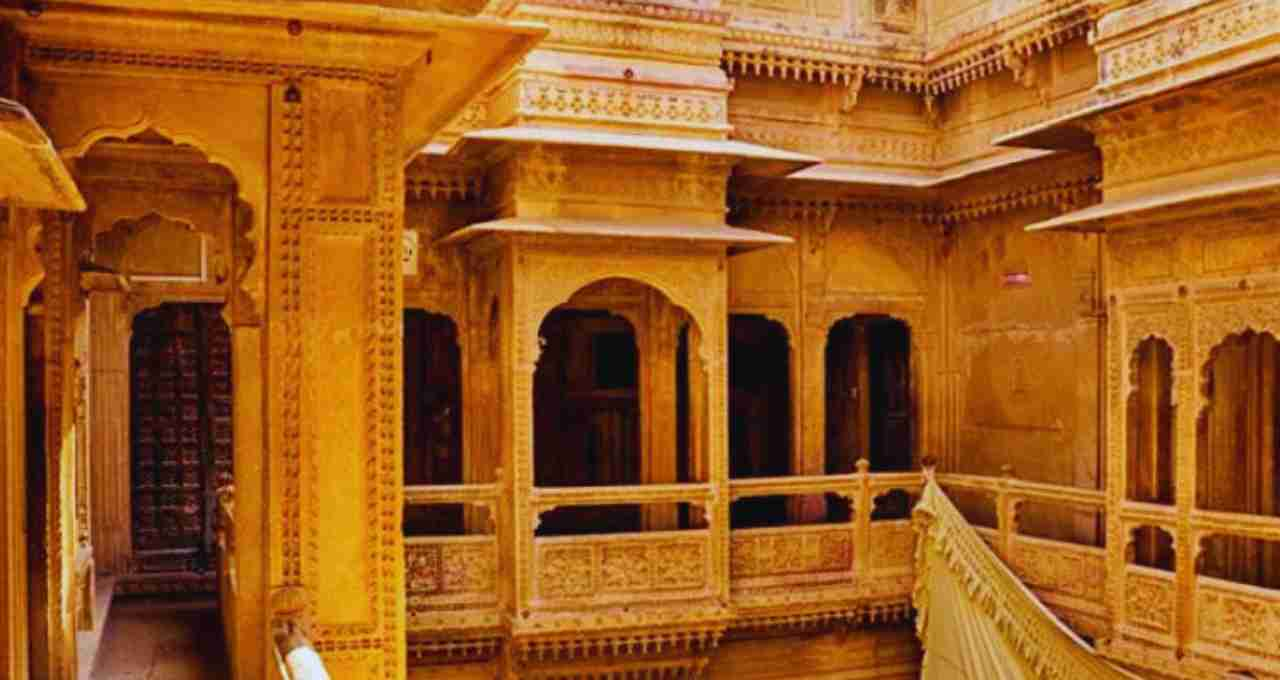
Jaisalmer Fort is not just a historical building; it's a shining example of Rajasthan's cultural heritage. Its uniqueness lies in the confluence of several cultures and architectural styles. Rajput valor, Mughal artistry, and Jain spirituality – all are found in one place. This is why the fort has become a symbol of Rajasthan's diversity and cultural harmony.
The fort's beauty isn't confined to history; it continues to attract people, especially photographers and filmmakers. Several popular Bollywood films, including 'Sonar Kila' and 'Hum Dil De Chuke Sanam', have been shot here. The old havelis, colorful lanes, and yellow sandstone walls are incredibly picturesque.
The view from the fort's height is magical. The Thar Desert stretches out, with sand dunes extending to the horizon, bathed in sunlight. The sight, especially during sunset when the fort is bathed in golden light, remains etched in one's memory.
Jaisalmer Fort is special because it doesn't just tell stories of the past; it keeps its heritage alive. It presents a blend of history, religion, art, and nature. If you want to experience the true essence of Rajasthan, Jaisalmer Fort can be the highlight of your trip.
Interesting Facts about Jaisalmer Fort
Jaisalmer Fort is not only famous for its beauty but also for its many interesting facts. One significant fact is that over 1500 people still live within its walls. It's one of India's only fully inhabited forts. Its residents maintain their traditions and culture, adding to the fort's vibrancy.
The fort's color changes throughout the day. In the morning, it shines in a light golden hue, while at noon, it appears somewhat white. In the evening, the sunlight casts a golden glow on the walls, making it sparkle. This is why it's called "Sonar Kila." Its changing appearance adds to its allure.
Jaisalmer Fort is also renowned for its walls. They are approximately 30 feet high and 2.5 kilometers long. Their robust construction has protected the fort for centuries. This vastness and strength make it an even more significant historical monument. This is why the fort is included in UNESCO's World Heritage list.
A Marvel of Architecture
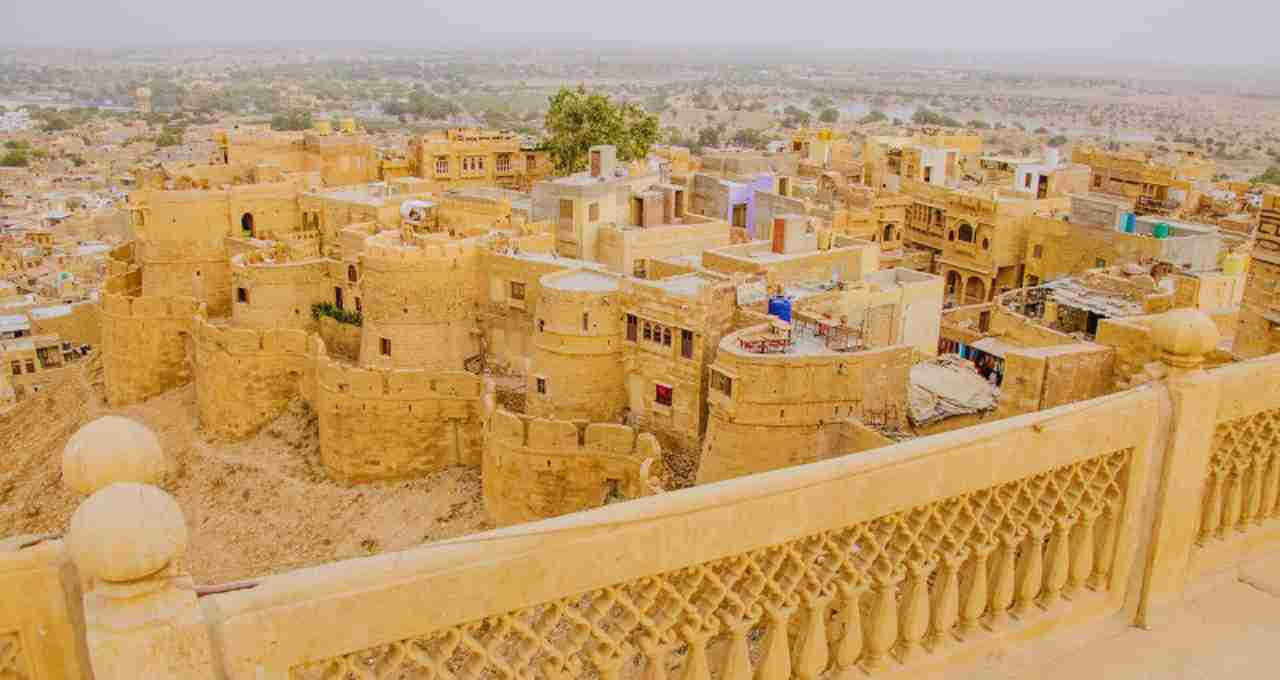
The Golden Fort showcases remarkable architecture. It's triangular, approximately 1,500 feet long and 750 feet wide. Strong walls surround it, providing security. These walls, about 30 feet high, were designed to protect against external attacks. The fort has 99 towers (burj), 92 of which were built between 1630 and 1647. These towers further strengthened the fort's defenses.
Four main gates provide access, each with a distinct name. The first is Akhai Pol, located in the western part. The second is Suraj Pol, facing the sun, known for its beauty. The third is Ganesh Pol, the main entrance. The fourth is Hawa Pol, which regulates airflow within the fort, demonstrating unique architecture.
Who Built Jaisalmer Fort?
Construction of Jaisalmer Fort began in 1156 AD by Rawal Jaisal, a Bhatti Rajput king. He laid the foundation, and it became the main center of Jaisalmer city. The fort and city were named 'Jaisalmer' after him. Rawal Jaisal aimed to create a secure and b bhold to establish his royal power and protect against external attacks.
Rawal Jaisal built the fort to strengthen his kingdom. Jaisalmer, situated in the middle of the Thar Desert, historically lay on an important trade route, particularly the Silk Route. The fort's strategic location made it a key center for trade and military activities. It was constructed from yellow sandstone, appearing golden in sunlight, hence the name 'Golden Fort'.
The fort became a symbol of Jaisal's conquering power and Rajput architecture. Its size and structure reflect the Rajput kingdom's military strength and royal splendor. Even today, it attracts tourists worldwide due to its history and architecture.
How Many Battles Were Fought at Jaisalmer Fort?
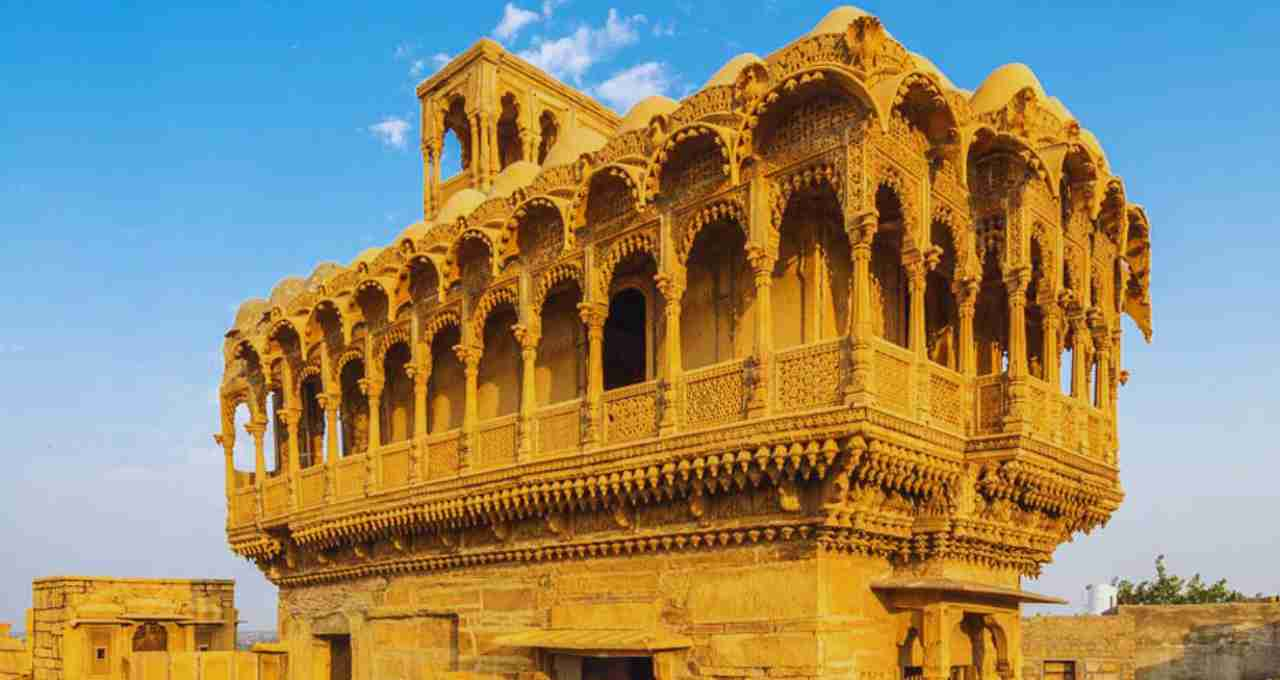
Jaisalmer Fort, located in the Thar Desert, has witnessed many battles due to its strategic position. It has faced numerous attacks and wars, especially since its construction in 1156 AD. After its construction, it became a significant military and trading center, necessitating its defense against external threats.
The most famous battle occurred in the 14th century when Alauddin Khilji, the Sultan of the Delhi Sultanate, planned an attack on Jaisalmer. Jaisalmer's king and soldiers fiercely defended the fort's strength. Ultimately, the garrison succumbed to the Delhi Sultanate's power, but the fort's walls and towers remained a b defense.
Subsequently, smaller battles were fought in the 16th century, but Jaisalmer's royal family and army always prioritized the fort's protection. Its strength and security allowed it to withstand numerous attacks, with its structure and strategy keeping it largely unconquered. Today, it remains a tourist attraction due to its grandeur and historical significance.
If you are a lover of history, architecture, and royalty, the Golden Fort is a dream destination. Every wall, every balcony tells a story. It is not merely a building; it is the soul of Rajasthan.
